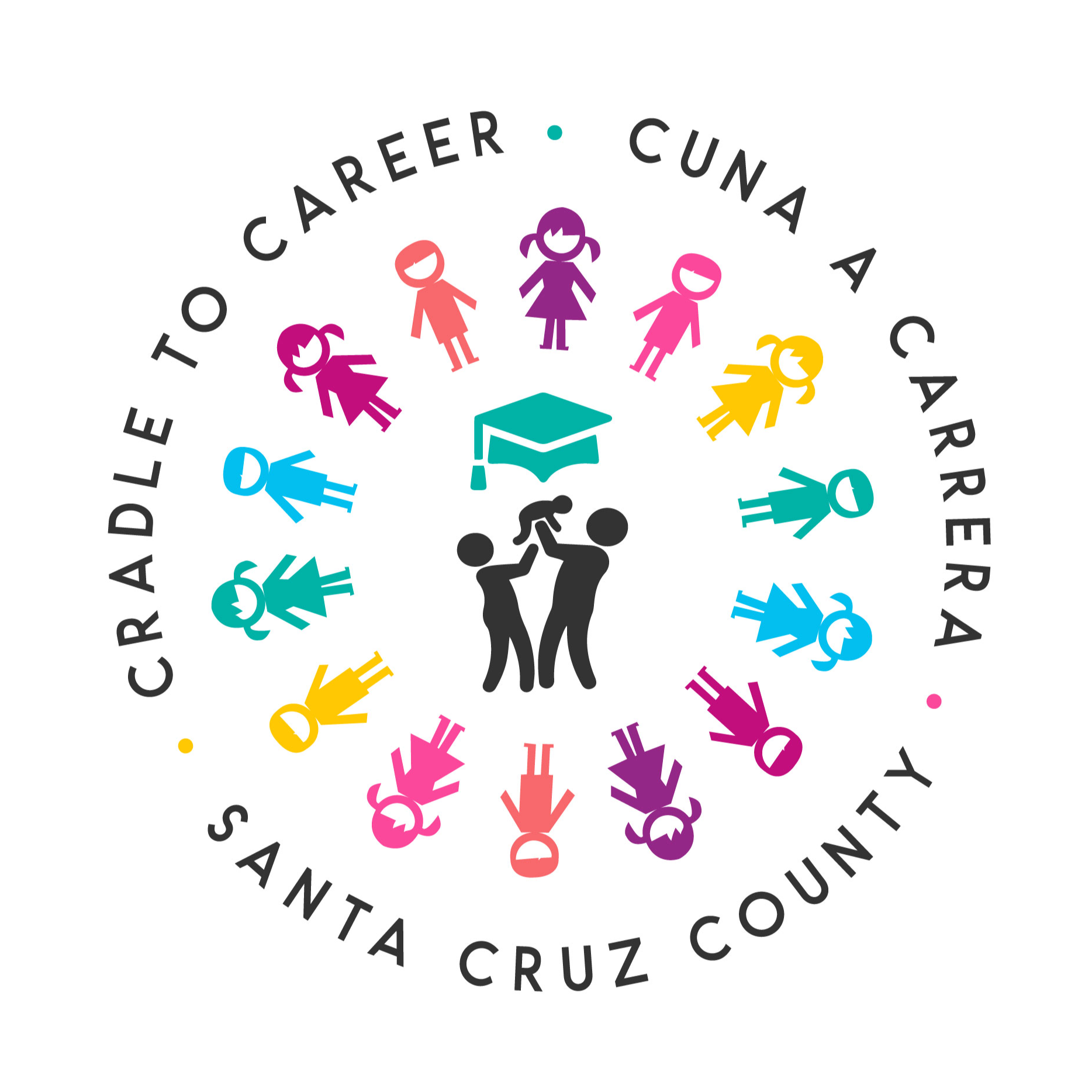Community Organizing to Make Change
Meet Families Where They Are At:
Parents and caregivers are key to their children’s success, but they are often busy or unsure of how to make a difference. Connect with them at school. Consider starting small (even just 1 classroom is enough) and young (parents of young children are often more eager to get involved). Find ways to invite them in when and where it works for them. Provide simultaneous interpretation - coffee, childcare and even gift cards help too!
Meet to Build on Hopes & Dreams:
Ask parents “What are your hopes and dreams for your children?” Let this shape your goals and fuel your movement. There is no greater force than love in action.
Bring in Partners:
Who else can help your effort? Which teachers, school administrators, elected officials, and community leaders can bring resources, access, and political power?
Focus on Children:
Center the needs of children while simultaneously addressing family, school and community-level needs.
Embody Your Values:
Align around your shared values and embed them in your decision-making and organizational structure (authentic inclusion and empowerment mean parents help run the meetings and call the shots). Avoid an “us versus them” dynamic.
Get Informed:
Use data to drive results: Look at the data, break it out by race, gender, etc. whenever possible. Research what works. Uncover institutional barriers and inequitable policies. Do the work so families understand and can make informed choices.
Take Action:
Get scrappy, leverage resources, learn-while doing, and take coordinated action for collective impact.
Deliver Results:
Celebrate victories. Get feedback, address what is missing, amplify what works. Quick wins build momentum and solidarity needed for the long-haul.
Community Organizing to Make Change
Meet Families Where They Are At:
Parents and caregivers are key to their children’s success, but they are often busy or unsure of how to make a difference. Connect with them at school. Consider starting small (even just 1 classroom is enough) and young (parents of young children are often more eager to get involved). Find ways to invite them in when and where it works for them. Provide simultaneous interpretation - coffee, childcare and even gift cards help too!
Build on Hopes & Dreams:
Ask parents “What are your hopes and dreams for your children? What do you need?” Listen and let this shape your goals and fuel your movement. There is no greater force than love in action.
Bring in Partners:
Who else can help your effort? Which teachers, school administrators, elected officials, and community leaders can bring resources, access, and political power?
Focus on Children:
Center the needs of children while simultaneously addressing family, school and community-level needs.
Embody Your Values:
Align around your shared values and embed them in your decision-making and organizational structure (authentic inclusion and empowerment mean parents help run the meetings and call the shots). Avoid an “us versus them” dynamic.
Get Informed:
Use data to drive results: Look at the data, break it out by race, gender, etc. whenever possible. Research what works. Uncover institutional barriers and inequitable policies. Do the work so families understand and can make informed choices.
Take Action:
Get scrappy, leverage resources, learn-while doing, and take coordinated action for collective impact. Design solutions at multiple levels — from the individual child to the systems and policies that affect everyone.
Deliver Results:
Celebrate victories. Get feedback, address what is missing, amplify what works. Quick wins build momentum and solidarity needed for the long-haul.
Become a Promotora!
Interested in promoting good health in your community? Moms and dads from Santa Cruz County are invited to participate! Fill out an application today.
C2C Playbook
Read, Watch, Learn
Check out the C2C Playbook to help you start community organizing in your child’s school, so you can carve a path toward stronger families and thriving kids and communities.
What are the key ingredients for transformational change?
How & why do we center parent voices in our work?
tap into the power of hope
Co-Create measurable impact and lasting change













